https://lotharukpongjs.github.io/
Now with long-awaited parallel distance computation & a full speed-optimized refactor thanks to Andrew Gene Brown.
Compute 50+ distances/divergences in R faster than ever.
📦 CRAN: cran.r-project.org/web/packages...
💻 Code: github.com/drostlab/phi...

Now with long-awaited parallel distance computation & a full speed-optimized refactor thanks to Andrew Gene Brown.
Compute 50+ distances/divergences in R faster than ever.
📦 CRAN: cran.r-project.org/web/packages...
💻 Code: github.com/drostlab/phi...
genzplyr is dplyr, but bussin fr fr no cap.

genzplyr is dplyr, but bussin fr fr no cap.
www.nature.com/articles/s41...

www.nature.com/articles/s41...
genomebiology.biomedcentral.com/articles/10....
A wonderful collaboration with @ericadinatale.bsky.social, @cssmartinho.bsky.social, @rorycraig.bsky.social, and Susana Coelho! 🎉

genomebiology.biomedcentral.com/articles/10....
A wonderful collaboration with @ericadinatale.bsky.social, @cssmartinho.bsky.social, @rorycraig.bsky.social, and Susana Coelho! 🎉
A short thread on how Ectocarpus and its TE secrets have kept me busy lately:
rdcu.be/eITQH
A short thread on how Ectocarpus and its TE secrets have kept me busy lately:
rdcu.be/eITQH
doi.org/10.1101/2025...
A thread 👇

doi.org/10.1101/2025...
A thread 👇
www.biorxiv.org/content/10.1...

www.biorxiv.org/content/10.1...
www.nature.com/articles/s41...
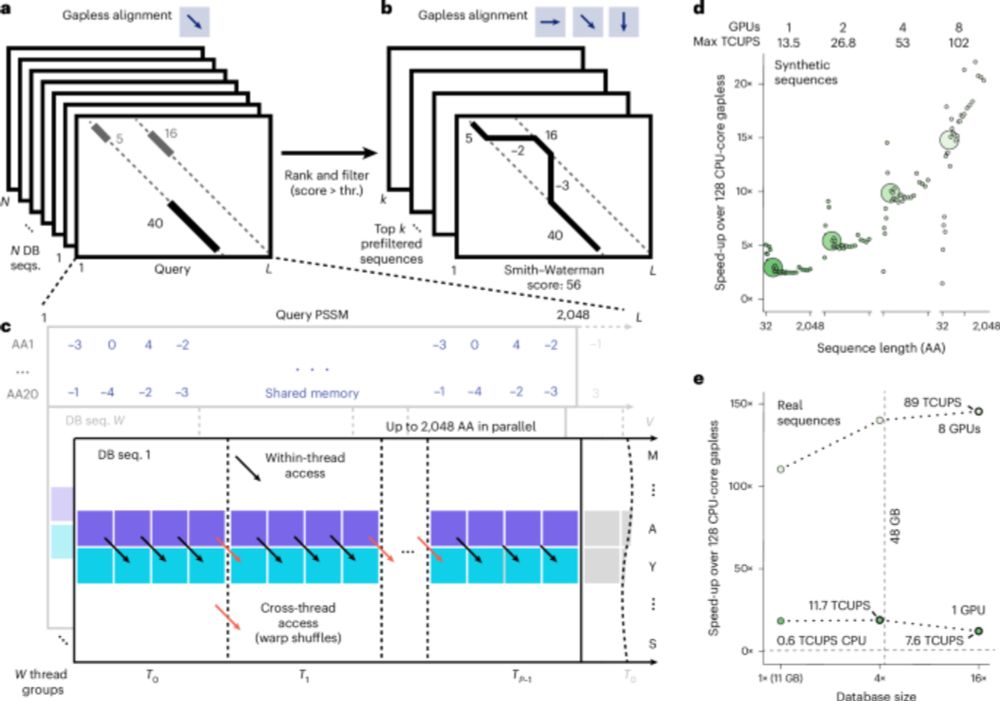
www.nature.com/articles/s41...
It's not every day we have a new major #ggplot2 release but it is a fitting 18 year birthday present for the package.
Get an overview of the release in this blog post and be on the lookout for more in-depth posts #rstats

In our paper out now in @currentbiology.bsky.social we show that the Atlas blue butterfly has 229 chromosome pairs- the highest in diploid Metazoa! These arose by rapid autosome fragmentation while sex chromosomes stayed intact.
www.cell.com/current-biol...
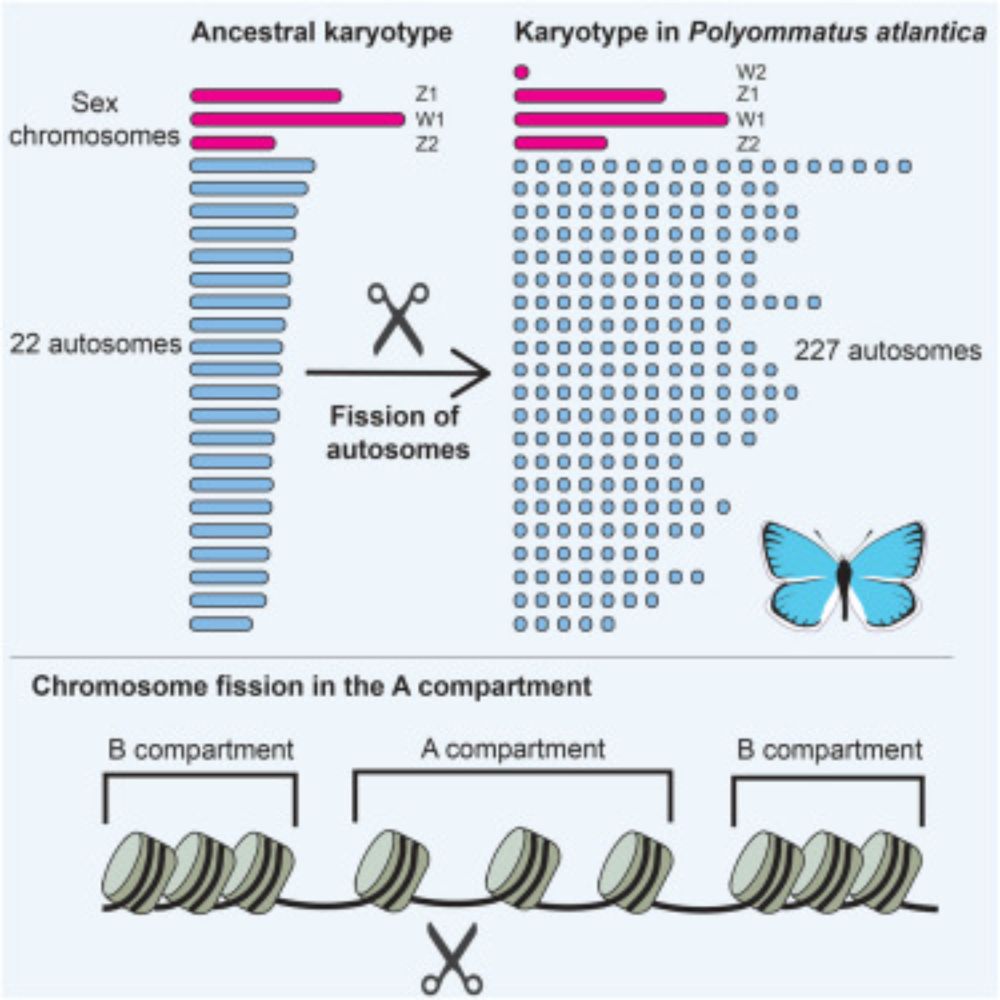
In our paper out now in @currentbiology.bsky.social we show that the Atlas blue butterfly has 229 chromosome pairs- the highest in diploid Metazoa! These arose by rapid autosome fragmentation while sex chromosomes stayed intact.
www.cell.com/current-biol...

www.biorxiv.org/content/10.1...

www.biorxiv.org/content/10.1...
doi.org/10.1186/s130...

doi.org/10.1186/s130...
www.nature.com/articles/s41...

with #LauraPiovani @dariagavr.bsky.social @alexdemendoza.bsky.social @chemamd.bsky.social and others /1

with #LauraPiovani @dariagavr.bsky.social @alexdemendoza.bsky.social @chemamd.bsky.social and others /1
Gag proteins of endogenous retroviruses are required for zebrafish development
www.pnas.org/doi/10.1073/...
Led heroically by Sylvia Chang & @jonowells.bsky.social
A study which has changed the way I think of #transposons! No less! 🧵 1/n
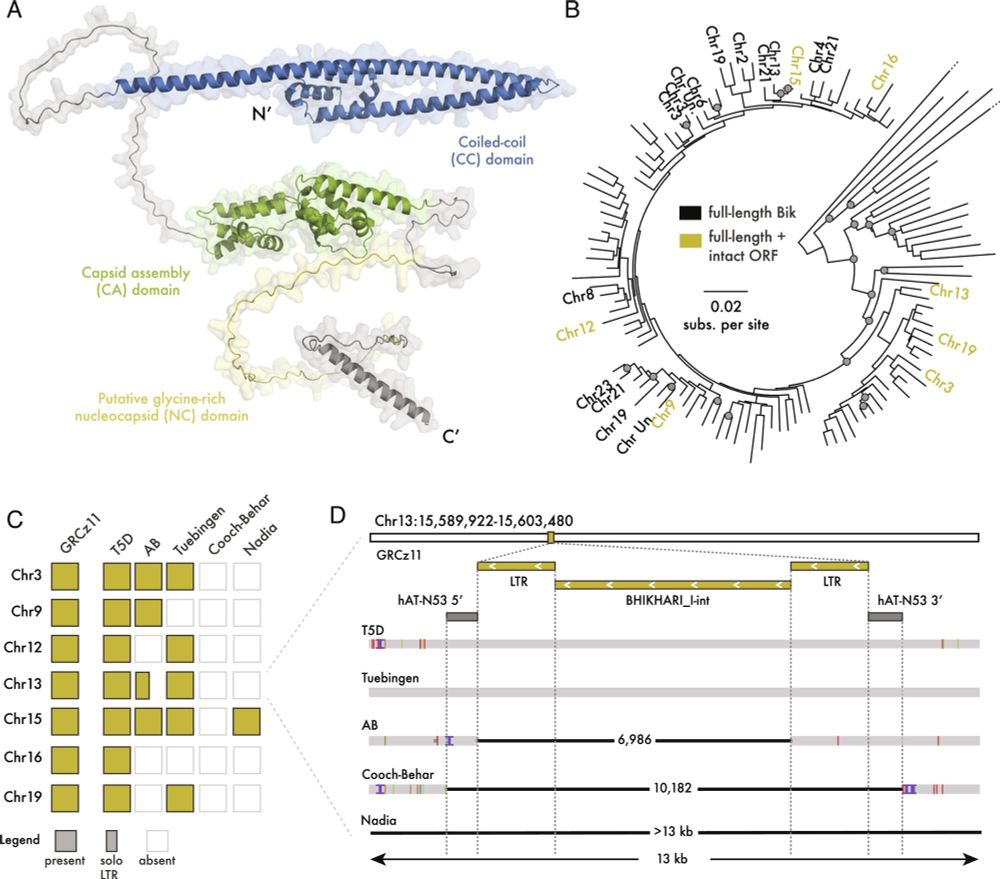
Gag proteins of endogenous retroviruses are required for zebrafish development
www.pnas.org/doi/10.1073/...
Led heroically by Sylvia Chang & @jonowells.bsky.social
A study which has changed the way I think of #transposons! No less! 🧵 1/n
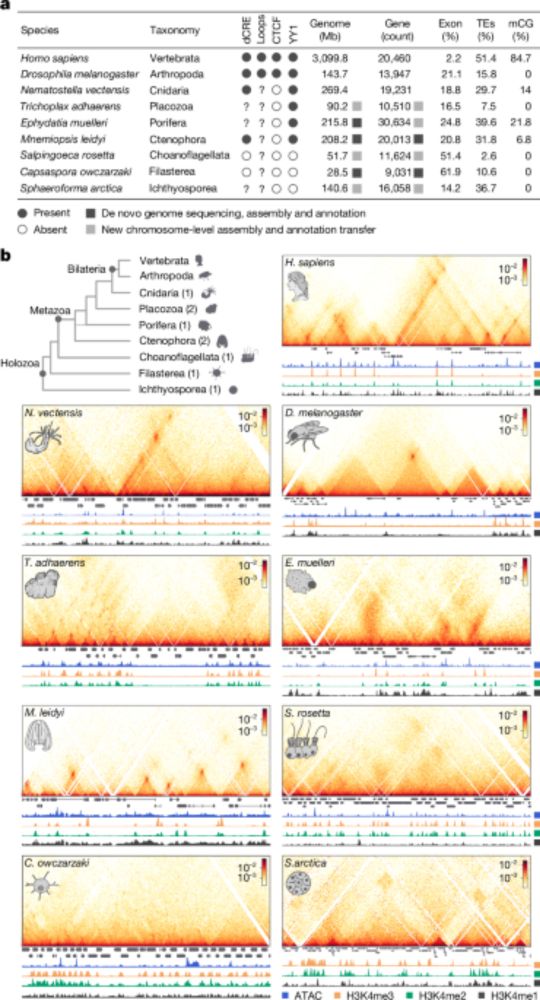

We investigated the evolution of my favorite gene FoxQ2 across 21 animal phyla, and found three ancient paralogs with a very dynamic history.
More on phylogeny, synteny, and comparative in situs in the 🧵 below!
tinyurl.com/2j96px45

We investigated the evolution of my favorite gene FoxQ2 across 21 animal phyla, and found three ancient paralogs with a very dynamic history.
More on phylogeny, synteny, and comparative in situs in the 🧵 below!
tinyurl.com/2j96px45
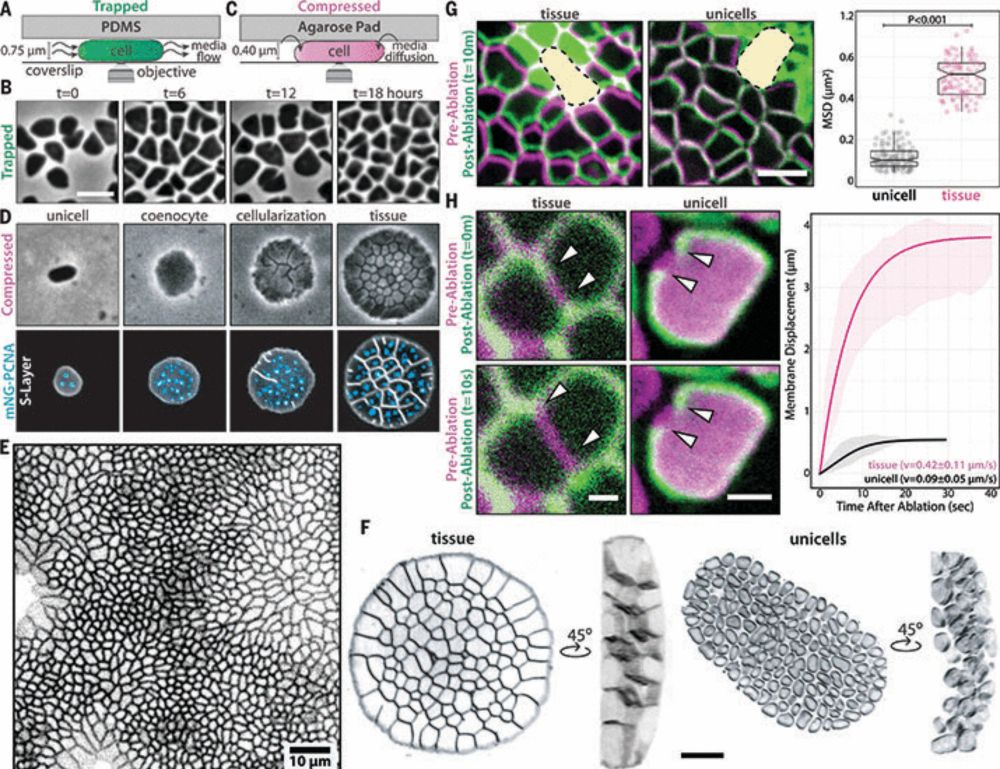
But did you know they can also jump 𝘣𝘦𝘵𝘸𝘦𝘦𝘯 cells? 🤯
Our new study reveals how retrotransposons invade the germline directly from somatic cells.
www.biorxiv.org/content/10.1...
A short thread 🧵👇
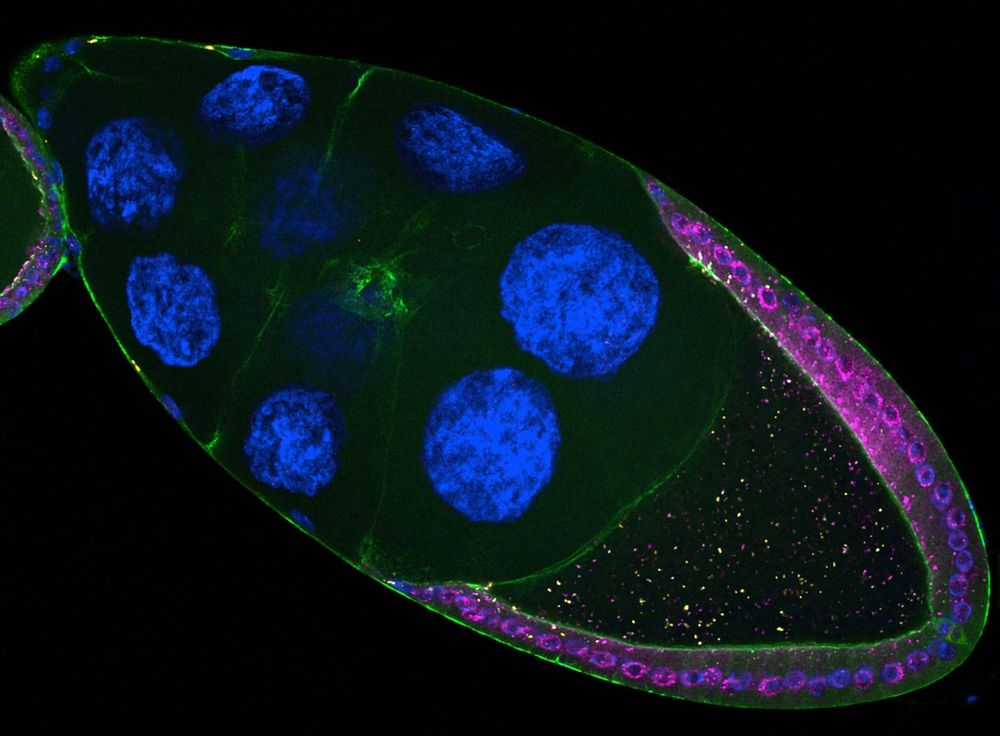
But did you know they can also jump 𝘣𝘦𝘵𝘸𝘦𝘦𝘯 cells? 🤯
Our new study reveals how retrotransposons invade the germline directly from somatic cells.
www.biorxiv.org/content/10.1...
A short thread 🧵👇
www.nature.com/articles/s41...
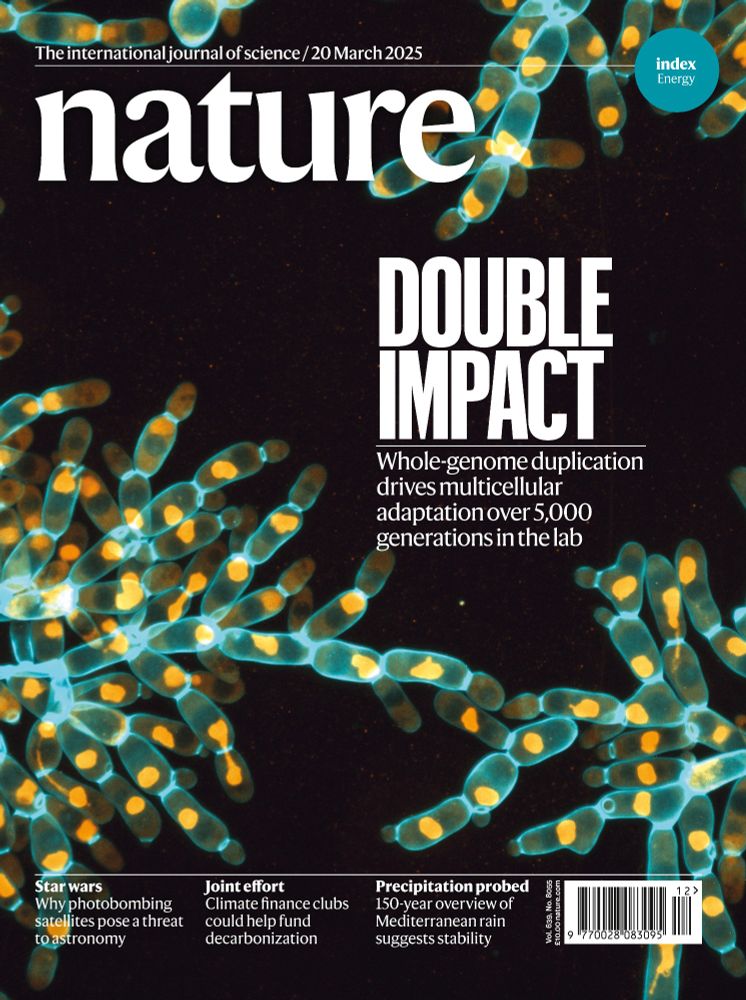
www.nature.com/articles/s41...
www.nature.com/articles/s41...
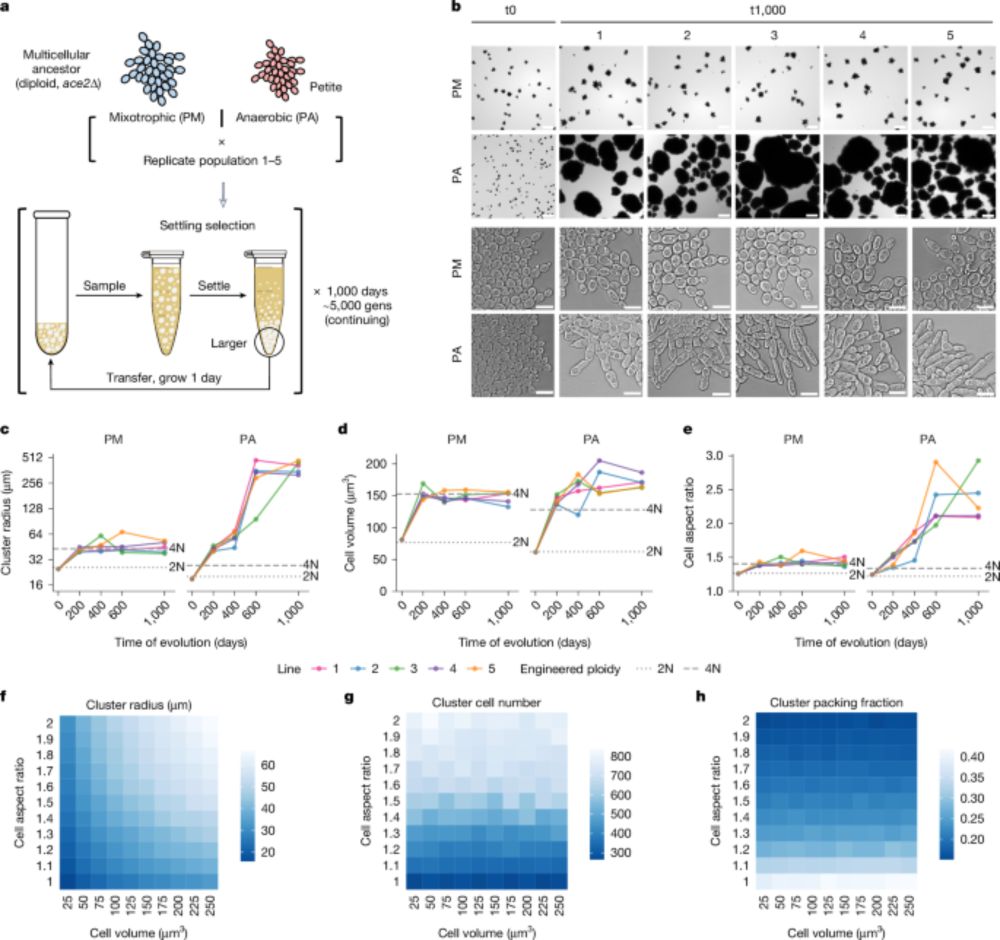
www.nature.com/articles/s41...
[PhD Position in Computational Evolutionary Transcriptomics]
If you are interested in doing a PhD in gorgeous Scotland on 'Why embryo development goes wrong sometimes?', please consider applying and join our wonderful team in Dundee!
www.dundee.ac.uk/phds/opportu...

[PhD Position in Computational Evolutionary Transcriptomics]
If you are interested in doing a PhD in gorgeous Scotland on 'Why embryo development goes wrong sometimes?', please consider applying and join our wonderful team in Dundee!
www.dundee.ac.uk/phds/opportu...
1/2

1/2

